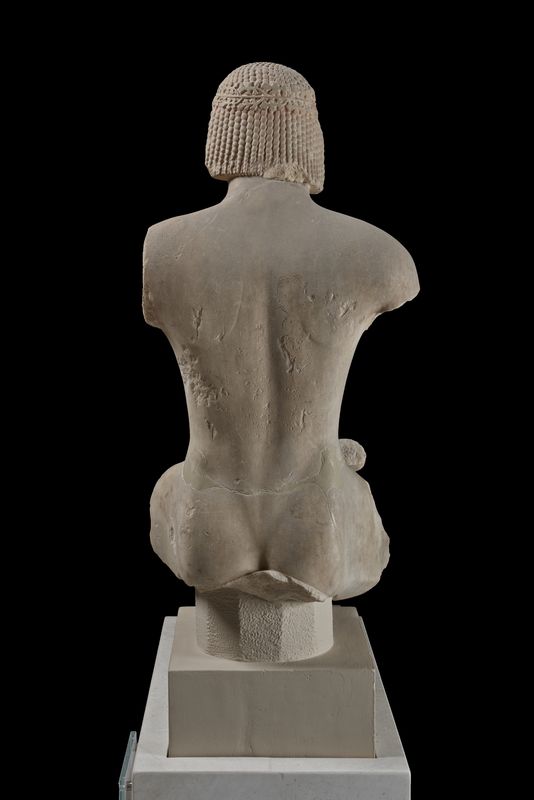Statue of a rider. The "Rampin Rider"
Inventory number
Ακρ. 590
Artist
The "Rampin Master"
Category
Sculpture
Period
Archaic Period
Date
Around 550 BC
Dimensions
Height: 1.08 m
Length: 0.77 m
Width: 0.38 m
Material
Marble from Paros
Location
Archaic Acropolis Gallery









